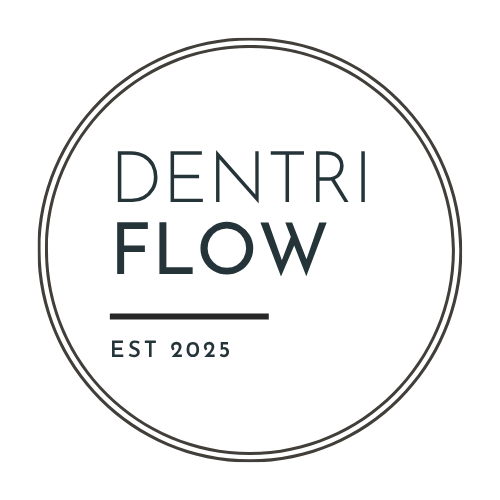Design Request Form
Collect and manage design project specs through an embedded form, then route requests into your workflow with automated notifications.
Problem It Solves
Design teams often receive requests via scattered channels—email, chat, or verbal asks—resulting in incomplete briefs, missing details, and inefficient hand-offs. Without a clear intake process, designers spend time chasing information rather than creating assets. By embedding a structured request form that writes directly to a Table and triggers automated alerts, every design request is captured consistently and routed to the right stakeholders without manual follow-up.
Process Overview
Stakeholders open the “Design Request” form (embedded on your intranet or shared link) and enter fields such as Requester Name, Project Name, Asset Type, Specifications, Deadline, and Attachments.
Upon submission, Zapier writes the details into a “Design Requests” Table with a unique Request ID and timestamp.
Zapier automatically sends a notification (email or Slack) to the design lead with a summary and a link to the Table entry.
Designers review the Table, update the request status (New, In Review, In Progress, Completed), and add notes or comments.
When status changes occur, Zapier posts follow-up notifications to keep requesters and relevant team members informed of progress.
Key Features & Capabilities
Structured Request Fields
Capture essential details (Requester, Project, Asset Type, Dimensions/Format, Brand Guidelines, Deadline, and Attachments) to ensure briefs are complete.Centralized Table Logging
Every submission writes to a “Design Requests” Table—creating a single source of truth for all incoming needs.Automated Notifications
New requests trigger immediate email or Slack alerts to the design team, so no request goes unnoticed.Status Tracking & Collaboration
Use a “Status” column (New, In Review, In Progress, Completed) and a “Designer Notes” field for updates; changes automatically notify stakeholders.Attachment Support
Allow requesters to upload mockups or reference files directly to the Table entry, giving designers all the necessary context.Priority & Filtering
Include a Priority dropdown (Low, Medium, High) and filter requests in the Table by deadline or asset type to streamline task sequencing.
Typical Use Cases
Marketing Collateral Development
The marketing team submits requests for brochures, social media graphics, or email templates. Each brief logs in the Table, triggers a Slack alert to the design channel, and designers can immediately begin work with full specifications.Product UI/UX Updates
Product managers request UI changes or new feature screens. The form captures wireframe details and deadlines, and Zapier generates a task in Trello or Asana with the mapped fields, ensuring designers understand priorities.Brand Asset Requests
Sales or events teams request custom banners, presentations, or logos. Each request gets documented, designers receive notifications, and progress is tracked until final assets are delivered.
Prerequisites & Client Responsibilities
Form & Table Schema Confirmation
Approve the “Design Requests” Table schema with columns: Request ID (auto-generated), Requester Name, Project Name, Asset Type, Specifications, Deadline, Attachment (optional), Priority, Status, Designer Notes, and Timestamp.Notification Channel Details
Provide the Slack channel name or email address for design lead notifications so Zapier can send alerts.Attachment Storage
Confirm that file uploads (mockups, reference files) will be stored in the Table’s built-in file storage.Status & Workflow Rules
Define status values and any SLA reminders (for example, “High-priority requests must be acknowledged within 2 hours”) so Zapier can automate follow-ups.Design Team Roles
Identify which designers or design managers should receive notifications and who needs “Viewer” vs “Editor” access in the Table.Task Management Integration (Optional)
If you want requests to generate tasks in Trello, Asana, or Monday.com, provide API credentials and specify the target board, project, or list.
Pricing
One-Time Setup: $310
(Build and embed the branded “Design Request” form, configure the “Design Requests” Table, and set up and test notification Zaps.)Monthly Support: $70/month
(Maintain form and Table integrations, adjust workflows or notification rules as needed, and troubleshoot any issues.)

